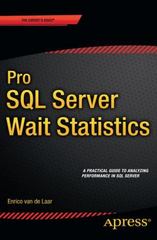Question
13. How much memory is reserved for the following variables in MS Visual C++? double x; int k, *k_ptr; double *x_ptr; A. 10 B. 16
13. How much memory is reserved for the following variables
in MS Visual C++?
double x;
int k, *k_ptr;
double *x_ptr;
A. 10
B. 16
C. 20
D. 24
14. What is the purpose of the sizeof operator in C++?
A. There is no sizeof operator in C++.
B. To return the total number of bytes of the program.
C. To report if the system has enough memory for the data variables.
D. To report the number of bytes of storage reserved for a given variable or datatype.
15. What is the purpose of the rangeof operator in C++?
A. There is no rangeof operator in C++.
B. To report the range of values for a given datatype.
C.To tell the program if a value is out of range.
D. There is no rangeof operator in C++, but there is a RangeOf function in
17. What is the purpose of the reverse operator in C++?
A. There is no reverse operator in C++.
B. To return the hexadecimal address of a variable.
C. To report the system backup rate.
D. To allow the variables to be switched during program execution.
18. When the address of a data variable is passed to a function,
what type of call is used?
A. Call by reference
B. Call by value
C. Call by indirection
D. Both A and C
21. Which is the best example of a naming convention for a pointer?
A. pVar
B. pointer_to_var
C. *pVar
D. Conventions are a waste of time.
24. Given the code:
int number, *ptr_num = &number;
what is wrong with the assignment: ptr_num = 3 ?
A. You cant assign an int to a pointer.
B. ptr_num is not defined.
C. The number variable must be assigned an address.
D. Nothing is wrong.
Step by Step Solution
There are 3 Steps involved in it
Step: 1

Get Instant Access to Expert-Tailored Solutions
See step-by-step solutions with expert insights and AI powered tools for academic success
Step: 2

Step: 3

Ace Your Homework with AI
Get the answers you need in no time with our AI-driven, step-by-step assistance
Get Started


